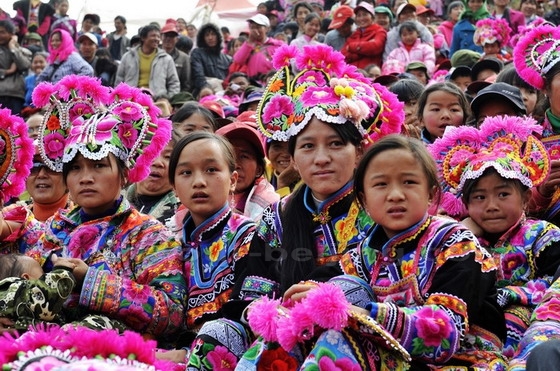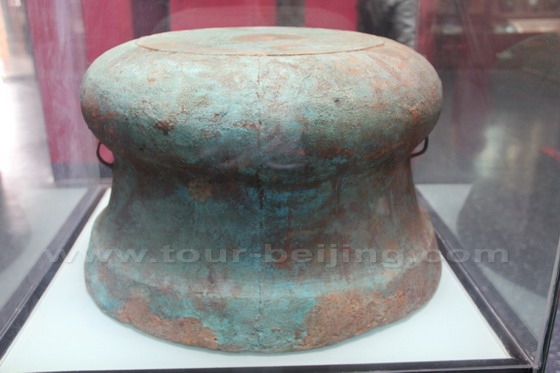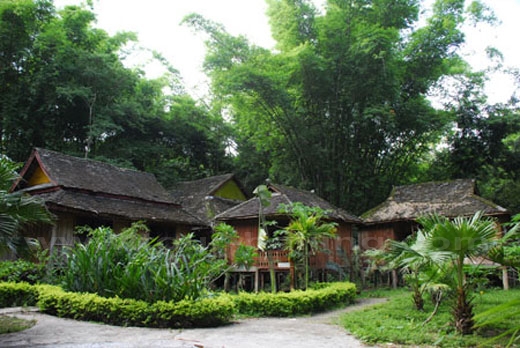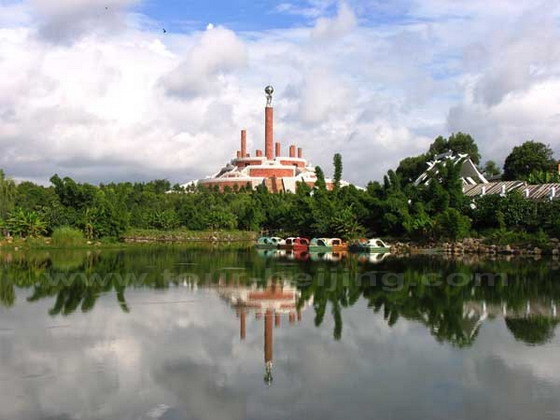What to Expect in Chuxiong
Chuxiong City is a part of Yunnan Province that has generated considerable interest among the scientific community and students alike. This is because the city and the surrounding areas have been home to several excavation sites that had some of the oldest evidences of human life. Many items made of copper along with many fossilized remains of plants and animals have been found there. The city has preserved some of the oldest species of plants and animals as well. Most importantly, it is a splendid place for studying the Yi culture.
Why Chuxiong City is a Must Visit Place in China
The Chuxiong city is a part of the administrative division of the prefecture by the same name. It lies in the central part of the Yunnan Province and is approximately 100 miles from the capital city of Kunming and about 110 miles from Dali, which is a popular tourist destination for tourists and students. The city automatically becomes a part of the travel itinerary of summer programs for high school students and other study abroad programs.
The city is marked by beautiful natural surroundings. There are rivers and mountains along with many interesting sites which give a remarkable overview into Chinese history and culture. The city is comprised of the biggest population of the Yi ethnicity. Along with Yi people, it is also the home of Han, Lisu, Miao, Dai, Hui, Bai, Hani, Zhuang minorities, just to name a few. This cultural diversity shows in the lifestyle of the people in the city and hence it can be another pivotal observation point for studying diverse cultures. Its proximity to Kunming makes it an ideal location to visit during weekends, especially since Kunming is the hub for multiple Chinese language programs as well as Chinese summer programs.

The Chuxiong Prefecture is considered to have cradled the earliest humans to have roamed the planet. Some of the oldest fossils have been discovered in the region. Ancient clusters of tombs, which are more than 2000 years old along with the oldest bronze drums (which are even older), have also been found here. Chinese language program students can visit the excavation site or the Chuxiong Prefecture Museum which houses some of the oldest relics known to man. The museum itself exhibits the architectural style which is a combination of Yi residential houses blended with modern lifestyle. With twelve exhibition rooms, more than 8,400 items of historical importance are housed here. Included among these are remains of ancient plants, animals, historical relics and other ethnic items.

Then there is the Zixi National Forest Park that houses the ruins of Buddhist monasteries along with 21 Buddhist temples. This is a site that completes the studies of Chinese language in the truest sense because it exhibits the history of Ming and Qing dynasties closely. This region was a holy place for the members of both these dynasties. This forest park also has preserved more than 1,300 rare species of plants and more than a hundred species of animals. There are many trees here which are hundreds of years old.

One of the other most interesting sites to visit in Chuxiong is the Ten Month Calendar Theme Park. Located in the suburbs of the city, this park covers more than 500 acres. Integrating the architecture of the Yi community, this park portrays grand gardens, enormous landscapes and a profound exhibition of the Yi culture in all its diversity and variety. The Ten Month Solar Calendar square depicts the Yi calendar year which is comprised of 10 months and a few days to spare. This park is amongst the top five “must visit” places in China.






